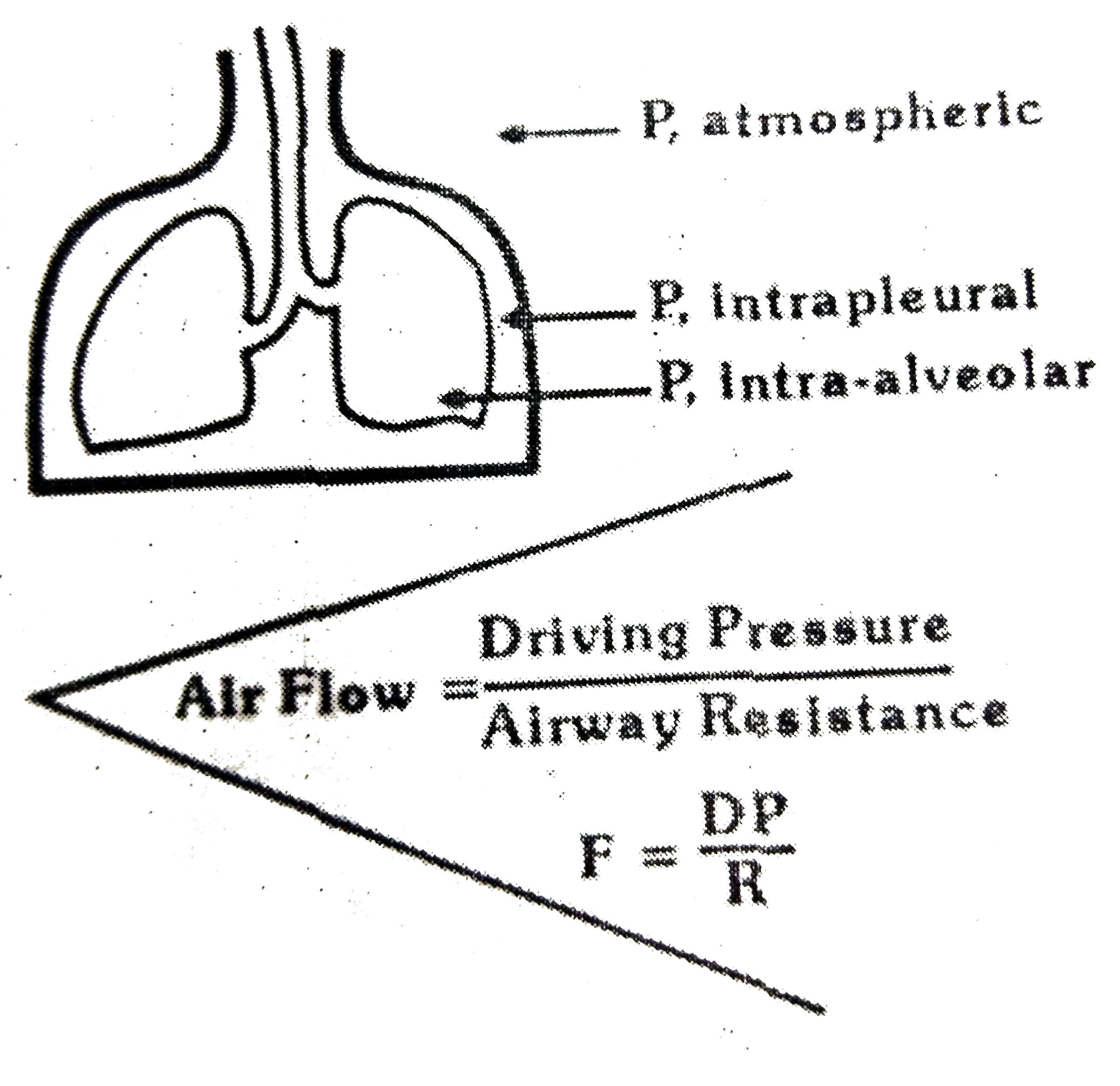"Grey Air" refers to
Incomplete smog formation
N2O
CO
SO2
The correct Answer is:A
To answer the question "Grey Air" refers to, we will analyze the options provided and clarify the concept of grey air.
1. Understanding Grey Air:
- Grey air is often associated with air pollution, specifically related to the presence of certain pollutants. It is commonly linked to photochemical smog, which is a type of air pollution.
2. Identifying the Components of Grey Air:
- Photochemical smog is primarily composed of ozone (O3) and peroxyacetyl nitrate (PAN). These components are formed when pollutants from vehicles and industrial emissions react in the presence of sunlight.
3. Analyzing the Options:
- Option 1: Incomplete smoke formation: This refers to the process where combustion does not fully convert fuel into carbon dioxide and water, leading to the release of various pollutants, including particulate matter and gases that contribute to grey air.
- Option 2: N2O (Nitrous Oxide): While N2O is a greenhouse gas, it is not directly related to the formation of grey air.
- Option 3: CO (Carbon Monoxide): CO is a pollutant but does not specifically define grey air.
- Option 4: SO2 (Sulfur Dioxide): SO2 is a significant air pollutant but is more associated with acid rain rather than grey air.
4. Conclusion:
- Based on the analysis, grey air is best described by the process of incomplete smoke formation, which leads to the creation of photochemical smog. Therefore, the correct answer is Option 1: Incomplete smoke formation.
Final Answer:
"Grey Air" refers to incomplete smoke formation.
- Grey air is often associated with air pollution, specifically related to the presence of certain pollutants. It is commonly linked to photochemical smog, which is a type of air pollution.
- Photochemical smog is primarily composed of ozone (O3) and peroxyacetyl nitrate (PAN). These components are formed when pollutants from vehicles and industrial emissions react in the presence of sunlight.
- Option 1: Incomplete smoke formation: This refers to the process where combustion does not fully convert fuel into carbon dioxide and water, leading to the release of various pollutants, including particulate matter and gases that contribute to grey air.
- Option 2: N2O (Nitrous Oxide): While N2O is a greenhouse gas, it is not directly related to the formation of grey air.
- Option 3: CO (Carbon Monoxide): CO is a pollutant but does not specifically define grey air.
- Option 4: SO2 (Sulfur Dioxide): SO2 is a significant air pollutant but is more associated with acid rain rather than grey air.
- Based on the analysis, grey air is best described by the process of incomplete smoke formation, which leads to the creation of photochemical smog. Therefore, the correct answer is Option 1: Incomplete smoke formation.
"Grey Air" refers to incomplete smoke formation.
Topper's Solved these Questions
- BOOK - DINESH PUBLICATION ENGLISHCHAPTER - ENVIRONMENTAL ISSUESEXERCISE - Check your grasp18videos
ENVIRONMENTAL ISSUES
- BOOK - DINESH PUBLICATION ENGLISHCHAPTER - ENVIRONMENTAL ISSUESEXERCISE - Brain teasers-X145videos
ENVIRONMENTAL ISSUES
- BOOK - DINESH PUBLICATION ENGLISHCHAPTER - ECHINODERMATAEXERCISE - REVISION QUESTIONS65videos
ECHINODERMATA
- BOOK - DINESH PUBLICATION ENGLISHCHAPTER - EVIDENCES OF EVOLUTIONEXERCISE - CHECK YOUR GRASP19videos
EVIDENCES OF EVOLUTION
Similar Questions
Knowledge Check
- Question 1 - Select One
The term grey matter refers to :
Aneurons that are unmyelinatedBaxons that are myelinatedCdendrites that are myelinatedDneurons that are myelinated - Question 2 - Select One
Which of the following options correctly describes the sequence of structures present between a receptor and an effector when D refers dendrite, A refers axon, S refers synapse and CB refers to cell body ?
AD-CB-A-S-D-CB-ABA-D-CB-S-A-D-CBCD-CB-A-S-A-CB-DDD-A-S-CB-D-A-CB
BOD refers to:
View SolutionOsteoid refers to
View Solution
The alveolar ventilation per minute refers to the amount of fresh air which reaches the alveoli of the lungs per minute. Alvelor ventilation per minute equals theView SolutionNecrosis refers to
View SolutionSporoderm’ refers to the :
View SolutionEndemism refers to
View Solution

